How are our villages coping up with the coronavirus lockdown?
The villages woke up later to the challenge of coronavirus than the cities, as most people believed that since the virus had emerged from China and other countries, their villages are at no risk. But, with the lockdown, the situation changed following the reverse migration of labour force back to the rural areas


We are locked up inside our homes to avoid the coronavirus infection. Offices, markets, malls are all closed. The government agencies are delivering vegetables and essential commodities in many urban areas of the country. What is then happening in rural India? What is happening in villages where one’s near and dear ones live too? What is happening in the fields from where our food comes from? And, what those migrant labourers are doing, who have returned from the cities and gone back to their villages?
Through this story, Gaon Connection will give you a glimpse of what is broadly happening in the villages tied up in the lockdown due to corona pandemic.
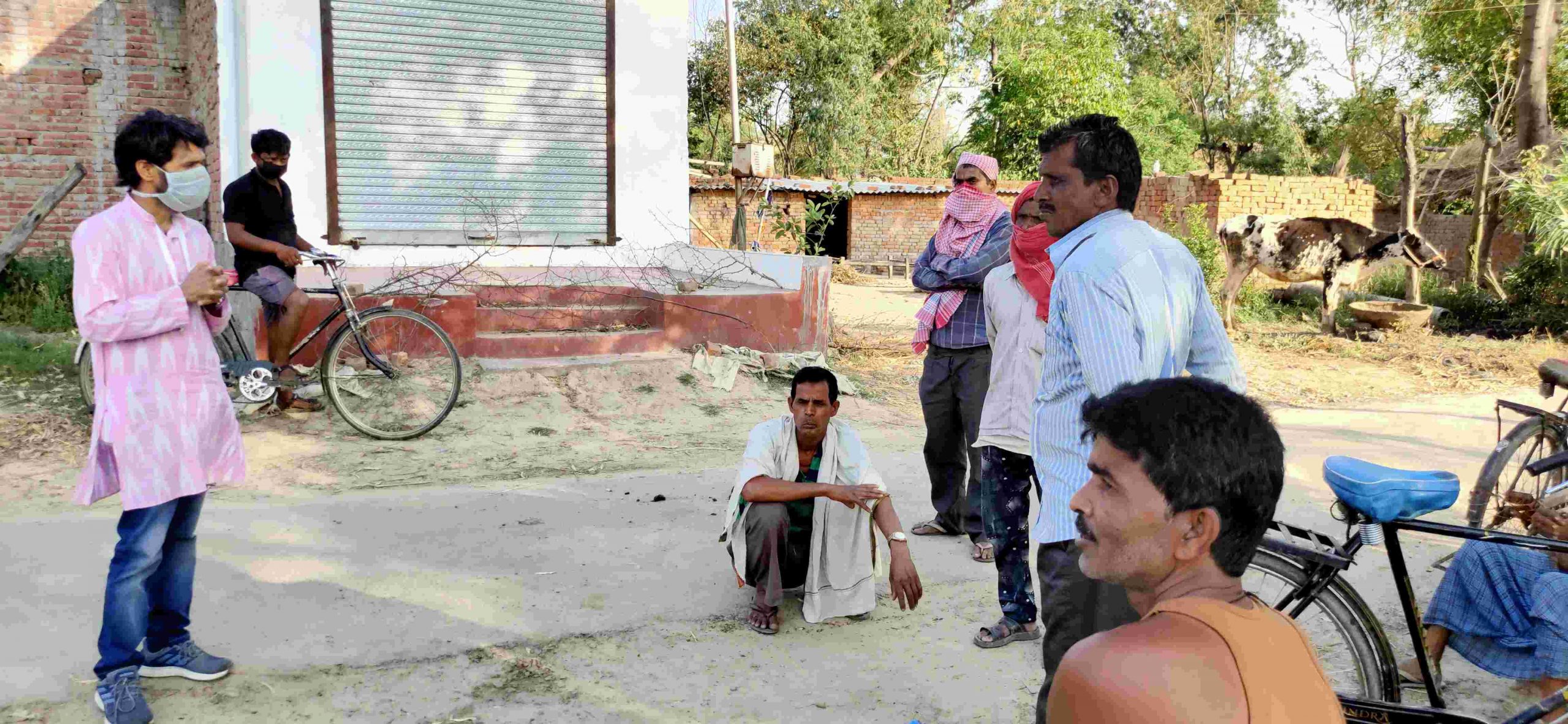
Fear in villages following the workers return and the Jamaat episode
The villages woke up later to the challenge of coronavirus than the cities, as most people believed that since the virus had emerged from China and other countries, their villages are at no risk. In the beginning, many villagers were also heard proclaiming that corona would not be able to affect them, but with the lockdown the situation changed following the reverse migration of labour force back to the rural areas from Delhi-Mumbai and other big cities.
According to the World Health Organization, three out of 10 migrant labourers can be infected with corona when they reach villages. Soon the fear of corona in rural pockets in Uttar Pradesh, Bihar, Jharkhand, West Bengal, Rajasthan, Madhya Pradesh and Chhattisgarh had mounted and a large population started following the lockdown properly.
Immediately, with the exodus of migrant labourers, there emerged figures of corona positive cases among the jamaatis gathered at Nizamuddin Markaz, Delhi, thereby giving rise to a state of panic in the rural areas. People from almost every state of the country had been to participate in the religious gathering in Delhi, and when they returned, a large number of them had already been infected. From villages in Uttar Pradesh to Andhra Pradesh, Karnataka, Telangana, and Uttarakhand, there prevails a morbid state of fear, even paranoia, of infection through jamaatis and of community transmission.
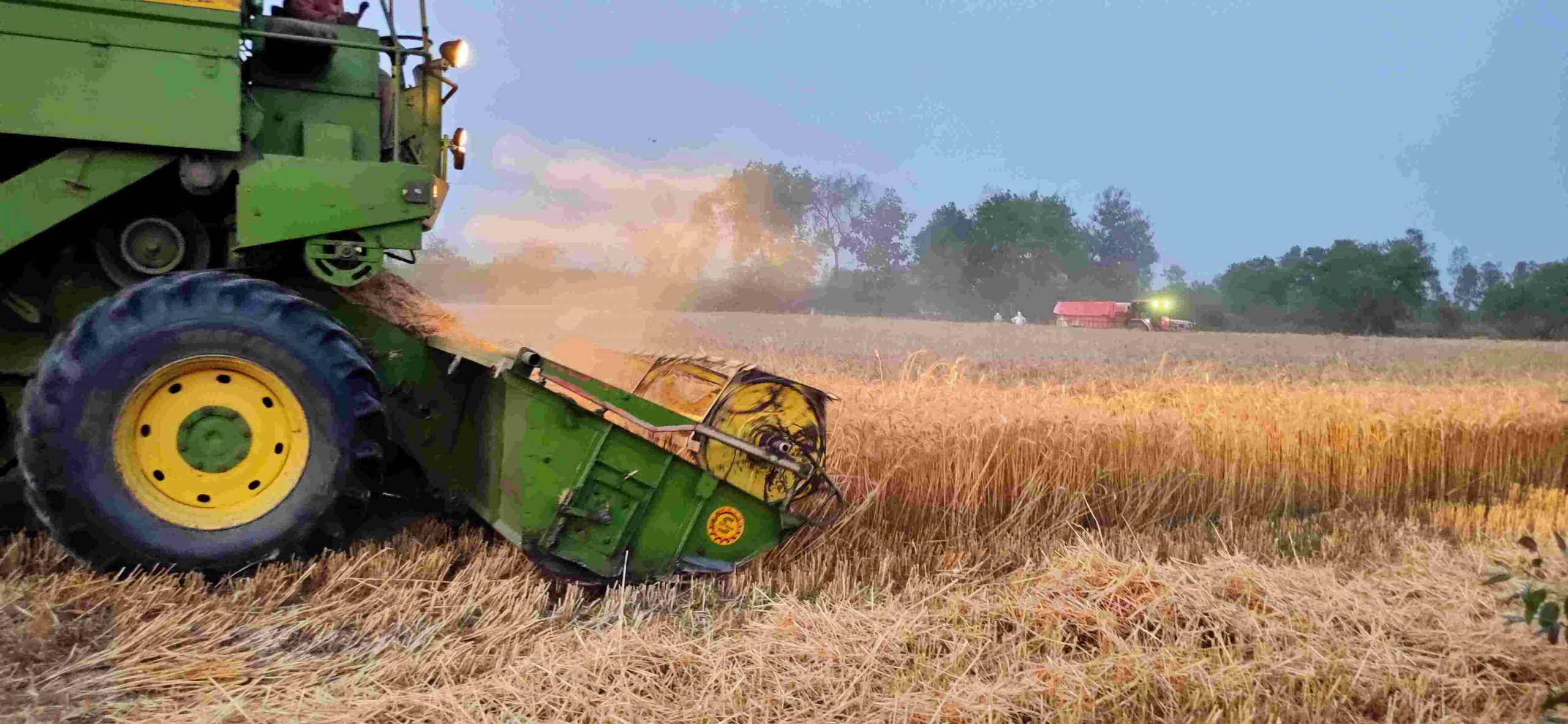
Harvesting of crops including wheat
Meanwhile, harvesting of crops, including wheat is going on in most of the states of India. Crops like wheat, mustard, barley, lentils are currently being harvested. In states where irrigation is dependent on rains, such as Maharashtra, Rajasthan, Madhya Pradesh, wheat harvesting begins in the second week of March.
In Uttar Pradesh, Bihar, Punjab and Haryana, the states with irrigation facilities, start harvesting wheat in April, but due to lockdown, farmers are finding it difficult to harvest their crops. Although the government has exempted agricultural operations, it has appealed for most of the work to be done with the machines while constantly observing social distancing. Also, due to the initial stricture of police in rural India, farmers and labourers had already suffered. After a few days into the lockdown, government orders were issued in the farmers’ interests which had irked the villagers. At present, a large population is busy in gathering crops and transporting them home.

Huge losses to vegetable and fruit farmers
The vegetable and fruit-growing farmers are probably the ones whose losses followed almost immediately upon lockdown implementation. Fruits and vegetables are fast perishing items. They have to be picked at a specific time failing which the crop gets spoiled. Not only this, but also the crop from the field has to be transported to the mandi, and so due to the lockdown, those growing pumpkin, lauki, torai, cucumber, melon, watermelon, capsicum and green leafy vegetables, suffered a lot. The farmers’ vegetables could not reach the mandi for a long time and the people in the cities had to buy at two-three times the price.
Like vegetables, fruit cultivation like grapes, oranges, kinu is also facing a tough time. After the lockdown, orange farmers waited for the traders to visit their orchards in dozens of districts including Chhindwara in Madhya Pradesh while their crops perished. Similarly, in Nashik, Maharashtra, many farmers chopped off lakhs of rupees of grapes because the grape market is closed. While it is impossible to send goods to other countries, the transportation between the states has not been any easier and the problem persists.
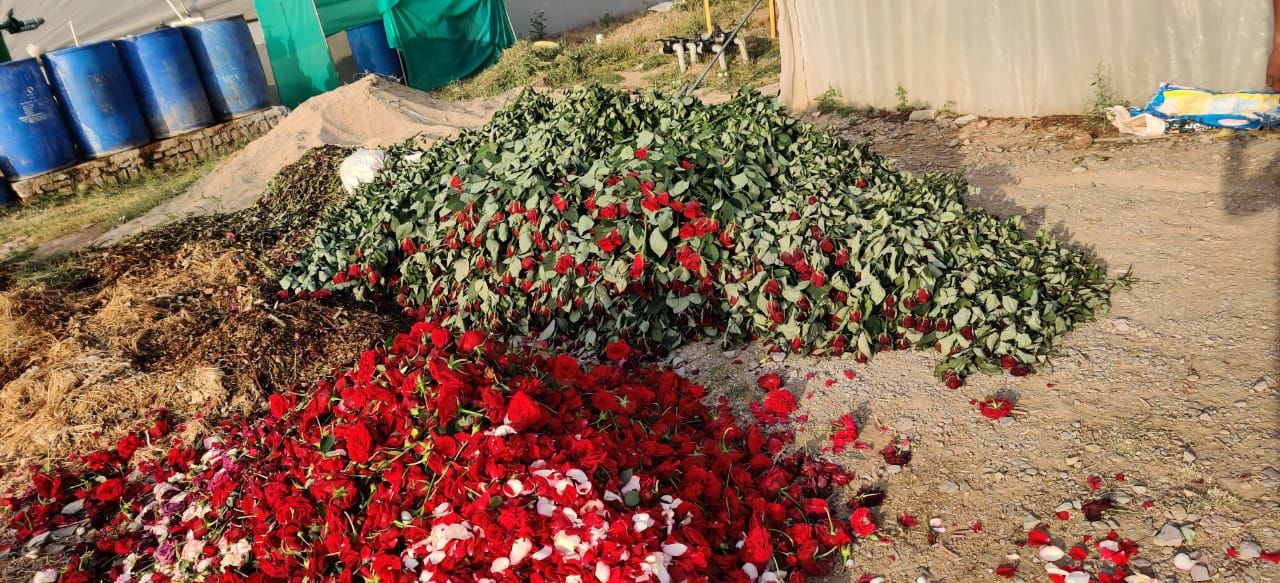
Flower farming loses its bloom
From February to May-June, the farmers are benefitted richly from the cultivation of flowers, but then the flower farmers became the first victims of corona’s dark impact upon agriculture in the country. Even before coronavirus claimed its first causality in India, the cultivation and business of flowers had been in peril due to the infection. The big demand for flowers in India remains at wedding ceremonies, India also is a big destination wedding point, but the coronavirus led to the cancellations of booking at Udaipur, Jaipur and other major cities.
Secondly, political and religious events in the country too were a major source of flower consumption. While the political programmes had ended by the first week of March, the temple masjid and gurudwara were closed during the lockdown causing major losses to the farmers who cultivated marigold, roses, gladiolus besides those associated with its business. Many farmers have even ploughed their fields.
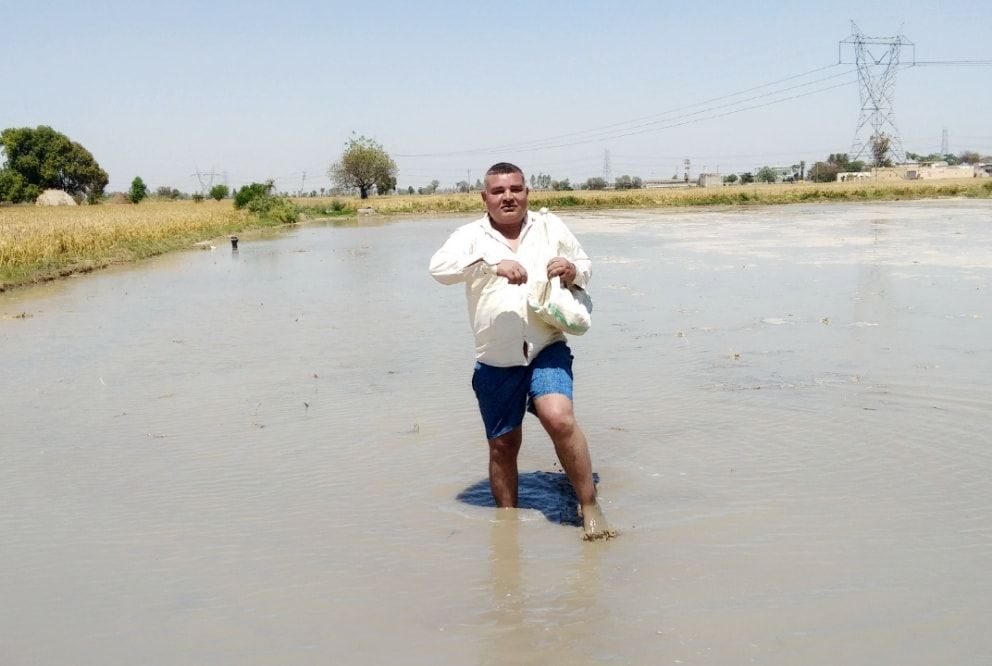
Sowing of jayad crops and preparation of paddy
There are three seasons of cultivation in India, the wheat-barley harvesting that is going on now is rabi crops, whereas from June-July to October, there is kharif season, paddy being its main crop. The interim crop season between wheat and paddy is called jayad, in which moong, udar (summer) and some vegetable crops are grown.
These days, in Madhya Pradesh, farmers are sowing moong in Madhya Pradesh. In many districts of up, menthe is being cultivated, farmers have prepared for early paddy cultivation in Chhattisgarh and also in several parts of South India and Haryana.
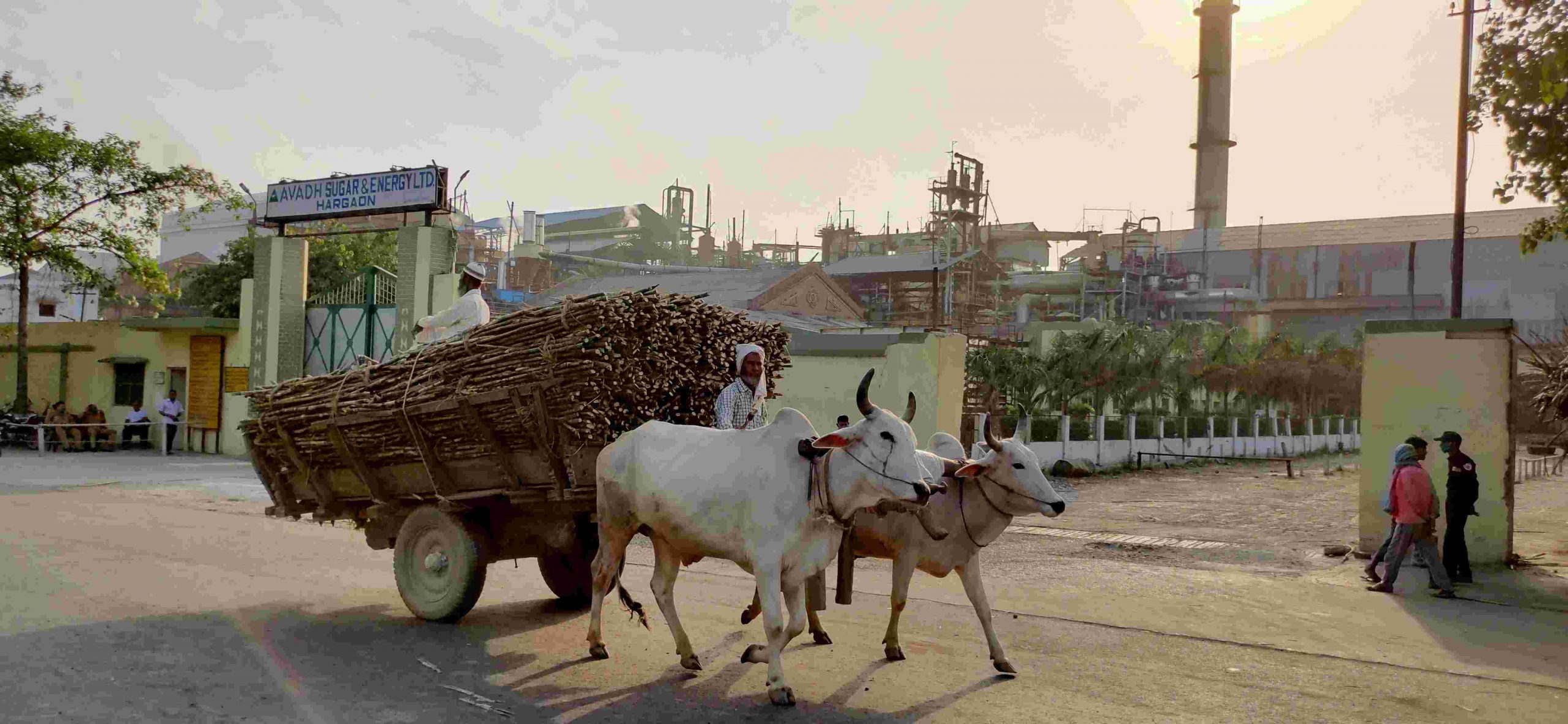
Sugarcane crushing
Even after the lockdown, the sugar mills were not closed, because if sugarcane were not crushed by May 15-20, crores of sugarcane farmers would lose lakhs of rupees. However, the sugar mills have discontinued the slip system for sugarcane weightage and many precautions are being taken for the sake of farmers. The mills have made a roster for the farmers in which farmers in a specific area are allocated shifts so that they may be able to get sugarcane to the mills during that and the mills are not crowded.
Three major reasons why the villages wrought with economic difficulties are fast turning into dens of unemployment
One must have seen the crowds of labourers walking away from Delhi, the mob has now reached the villages empty-handed. According to the International Labour Organisation (ILO), the largest institution working for workers and labourers in the world, about 40 crore people working in the unorganized sector in India are at risk of falling into poverty due to the COVID 19 pandemic, while more than 19 crore people are likely to lose their jobs.
Besides the press release of the UN labour body, according to a recent report by the Centre for Monitoring of Economy (CMIE), 12 crore people have lost their jobs in the last two weeks. Read the related story

So, one may simply deduce that the labourers and workers who had had money when they visited their villages before the corona crisis, were this time empty-handed because most of the companies, contractors they worked for, did not pay them. They are now unemployed, and are dependent upon government assistance and rural wages.
Secondly, the concern in the villages is that out of the crores of people working in the organized sector in the cities who have lost jobs, there were many who earned in the city and sent money to support their families in their villages. Watch related videos
The third reason — there was a lot of hardship faced by the farmers in terms of the extreme weather conditions prevalent during 2019. Half of India was reeling under floods and the other half under droughts. Many crops were damaged, (crop insurance and compensation is still in the process). Then in the month of March 2020, unseasonal rains and hailstorm caused a lot of damage to the farmers (the corona crisis erupted right when the crop insurance and compensation process had begun), now that the farmers are ready with their vegetables and fruit crops, they are not getting a good price, the system of government procurement for the main commodity of wheat has not yet started. The mandis may be open, but the business has taken a hit, the farmers’ hands are empty.

